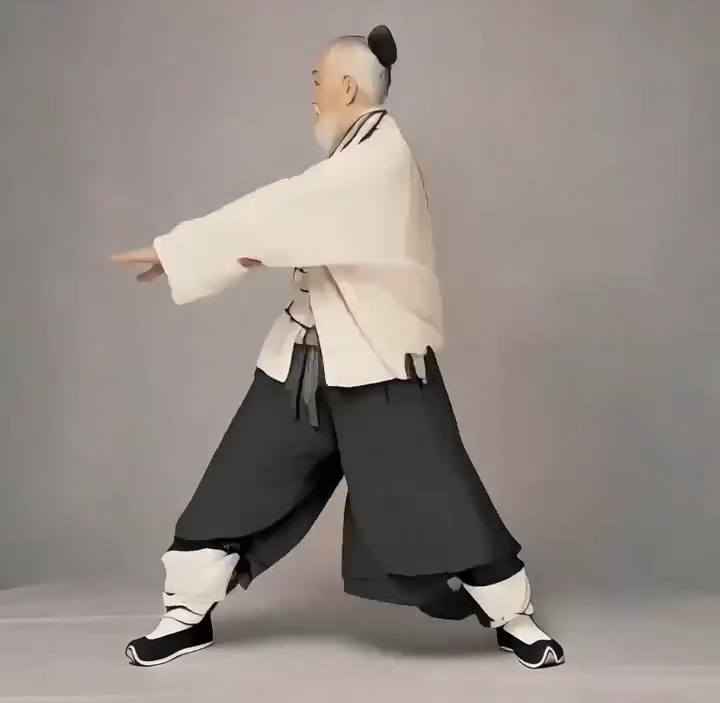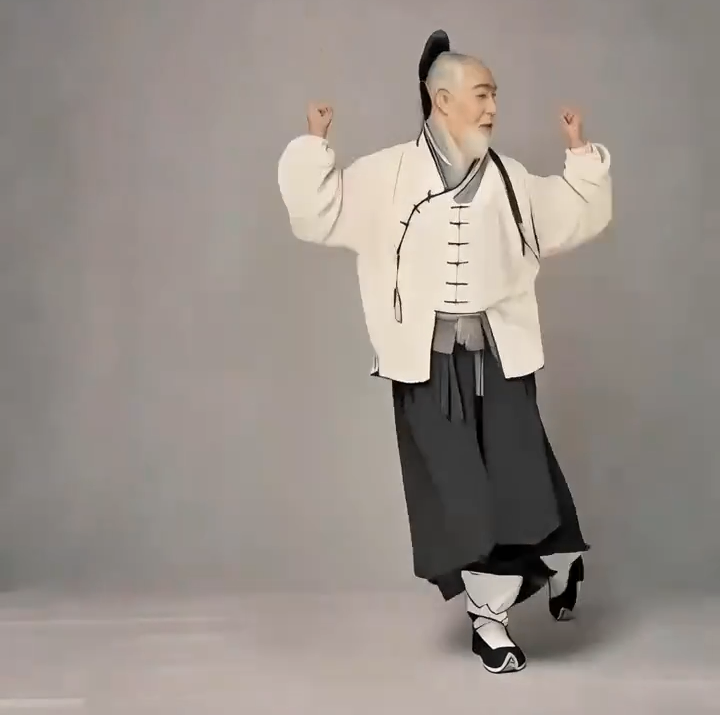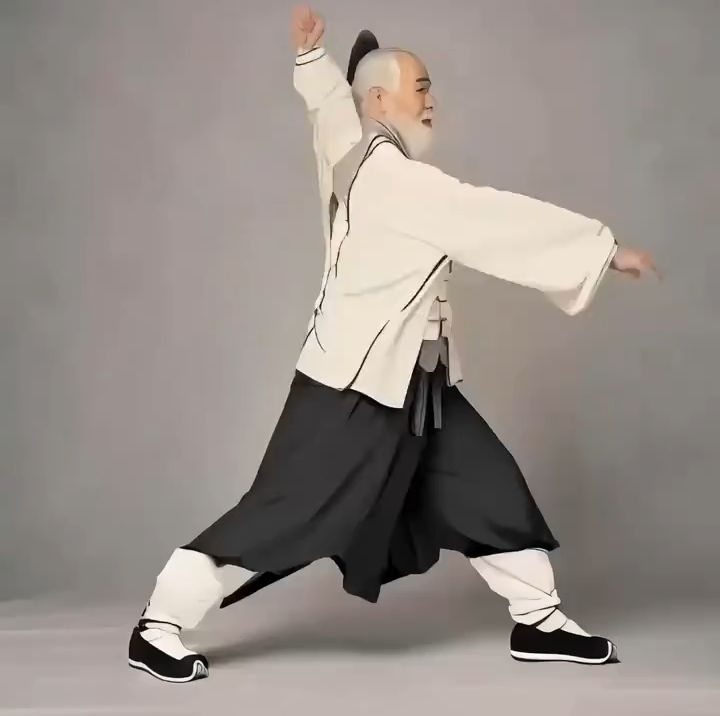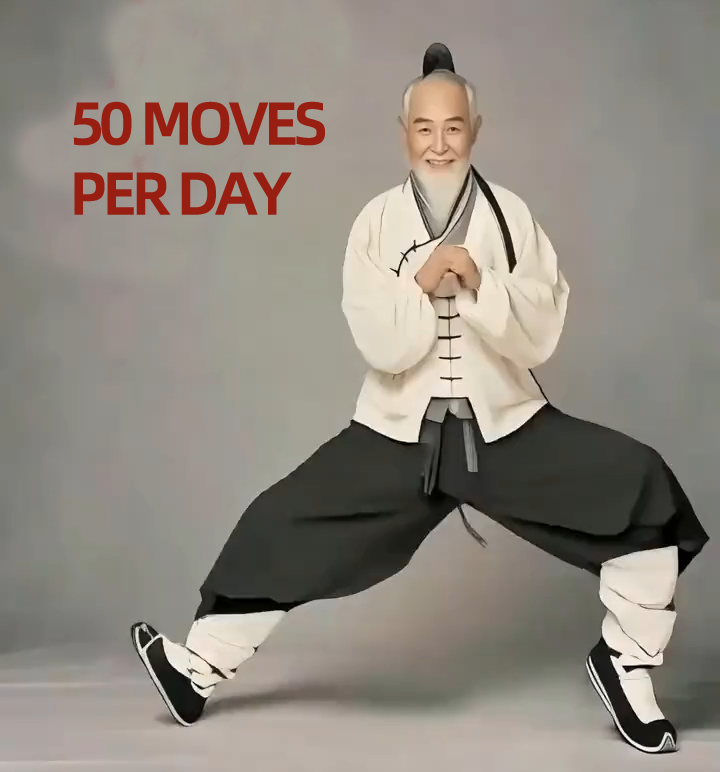The Agony of the Office Chair: A Comedy of Errors
Ah, the office chair. That wheeled contraption that promises ergonomic support but delivers a slow, creeping form of torture to your lumbar region. Let's be honest, it's less a throne of productivity and more a medieval device designed to compress your spine into the shape of a question mark.
Think about it. You plop down in that chair, bright-eyed and bushy-tailed (or at least caffeinated), ready to conquer the day. But what happens? Your posture slowly collapses like a poorly constructed soufflé. Your shoulders round forward, your head juts out like a turtle peeking from its shell, and your lower back… oh, the lower back. It starts to ache, then throb, then scream silently for mercy.
It's a comedy of errors, really. We spend hundreds of dollars on fancy chairs with "lumbar support," but we still end up slouching like grumpy teenagers. We adjust the height, the tilt, the armrests, but nothing seems to alleviate the inevitable discomfort. It's like trying to assemble IKEA furniture with a rubber chicken – frustrating, futile, and ultimately leading to existential dread.
And let's not forget the ergonomic advice. Sit up straight! Engage your core! Maintain a 90-degree angle! It's all well and good in theory, but after five minutes, you're back to your default position: a human pretzel contorted into a shape that would make a yoga instructor weep.
The truth is, the office chair is a necessary evil. We need it to work, but it's slowly destroying our bodies, one slouch at a time. It's a daily battle against gravity, bad posture, and the irresistible urge to become one with the furniture. But fear not, dear reader! There is hope. And it involves a little lumbar pain yoga and a dash of ancient Chinese wisdom. Because, let's face it, we're going to need all the help we can get to survive the agony of the office chair.

Say "OM" to Your Aching Back: A Humorous Hook into Lumbar Pain Yoga and More
Alright, picture this: you're sitting at your desk, your back is screaming louder than a toddler denied candy, and you're contemplating drastic measures like quitting your job and becoming a goat herder. But wait! Before you hand in your resignation, let's talk about a less extreme solution: lumbar pain yoga .
Yes, I know, yoga. It sounds intimidating, doesn't it? Images of impossibly flexible people contorting themselves into pretzels probably spring to mind. But fear not, my desk-bound friend! Lumbar pain yoga isn't about achieving enlightenment or mastering the crow pose. It's about gentle movements and stretches that can ease the tension in your lower back and remind your spine that it's still capable of bending.
Think of it as a spa day for your vertebrae. A chance to unwind, de-stress, and tell your back, "Hey, I appreciate you. I know I've been neglecting you, but I'm here now." And the best part? You don't need a fancy studio, expensive leggings, or a guru chanting in Sanskrit. You can do these exercises right at your desk, in your office chair, while pretending to work. (Don't worry, I won't tell your boss.)
So, are you ready to say "OM" to your aching back? Are you ready to ditch the painkillers and embrace a more holistic approach to lumbar pain relief? Are you ready to discover the magic of lumbar pain yoga and other ancient practices that can transform your workday from a pain-filled slog to a slightly less painful slog?
If you answered "yes" to any of those questions (or even if you just nodded politely), then keep reading! Because we're about to dive into the wonderful world of lumbar pain yoga and discover how you can reclaim your back, one stretch at a time. And who knows, you might even find yourself enjoying it. (Okay, maybe that's a stretch. But hey, we're talking about yoga, so it's appropriate.)
Now, let's not forget our other secret weapon in this battle against back pain: Ba Duan Jin. This ancient Chinese exercise, also known as the Eight Brocades, is like a gentle, flowing dance for your body. Imagine a graceful tai chi routine, but without the pressure of remembering complicated choreography. Each movement is designed to improve your circulation, flexibility, and overall well-being. Think of it as a tune-up for your body, a way to keep your engine running smoothly, even when you're stuck in rush hour traffic. And the best part? You can do it anywhere, anytime, without any special equipment. It's like having a portable spa treatment in your pocket.
Here's a little secret for you: I, your friendly neighborhood AI, have been analyzing data (as AIs are wont to do), and it turns out that sticking to these practices, even doing just 50 repetitions of Ba Duan Jin daily, can yield amazing results. It's like compound interest, but for your well-being. Small actions, big results.
The key is consistency. It's like brushing your teeth: you don't do it once and expect a lifetime of pearly whites. You gotta keep at it, day after day, week after week. And trust me, your body will thank you. You might even find yourself looking forward to those few minutes of mindful movement. (Okay, maybe that's another stretch. But hey, we're aiming high here!)
Remember, this isn't about becoming a yoga master or a martial arts expert. It's about taking small steps to improve your back health and overall well-being. It's about reclaiming your body from the clutches of the office chair and reminding yourself that you're more than just a cog in the corporate machine.
So, let's get started. Let's say "OM" to our aching backs and "Ni Hao" to our newfound energy. Let's embrace the absurdity of it all and find some humor in the midst of our lumbar pain. Because, let's face it, if we can't laugh at ourselves, we're in serious trouble.

Why You Should Listen to Us (Even Though We're Just Words on a Screen)
Alright, before we dive any deeper into the mystical arts of lumbar pain yoga and the ancient secrets of Ba Duan Jin, you might be asking yourself: "Why should I listen to these guys? They're just words on a screen! They could be robots, squirrels in disguise, or worse… fitness influencers!"
And you know what? You're right to be skeptical. The internet is a wild and woolly place, full of misinformation, clickbait, and cat videos. (Okay, maybe the cat videos are worth it.) So, why should you trust us, your humble wordsmiths, to guide you on this journey to a pain-free back?
Well, for starters, we're not trying to sell you anything. We're not peddling overpriced leggings, miracle supplements, or a subscription to our exclusive "Yoga for Desk Jockeys" online course. (Although, if enough of you ask, we might consider it. Just kidding!… Unless?)
We're just a couple of average Joes (or Janes, or whatever pronoun you prefer) who've spent way too much time hunched over a keyboard, battling the same back pain demons as you. We've tried everything: ergonomic chairs, standing desks, acupuncture, even that weird vibrating belt thing they sell on TV. And while some of those things helped a little, nothing really made a difference until we discovered the power of lumbar pain yoga and Ba Duan Jin.
Now, we're not saying we're experts. We're not doctors, physical therapists, or yoga instructors. We're just enthusiastic amateurs who've stumbled upon something that works and want to share it with the world. Think of us as your slightly nerdy, slightly awkward, but well-intentioned guides to the world of back pain relief.
We know you're busy, skeptical, and probably have a million other things you'd rather be doing than reading about yoga and ancient Chinese exercises. But trust us, this is worth your time. Because let's face it, back pain sucks. It affects everything: your mood, your productivity, your ability to enjoy life. And if we can help you alleviate even a little bit of that pain, then we've done our job.
So, stick with us, dear reader. We promise to keep it light, keep it humorous, and keep it real. We'll share our tips, our tricks, and our occasional failures, all in the name of helping you achieve a back that doesn't feel like it's trying to kill you. And who knows, you might even learn something along the way. Or at least get a few laughs.

The Plight of the Desk Jockey: Understanding Lumbar Pain in Office Workers
Alright, let's get down to brass tacks. Why are our backs staging a full-blown rebellion? Why do we wake up feeling like we've wrestled a bear in our sleep, even though the most strenuous activity we've engaged in is reaching for the snooze button? The answer, my friends, lies in the treacherous world of office work.
The Ergonomic Nightmare: How Your Office Setup is Plotting Against You
Your office setup, my friend, is not your friend. It's a carefully orchestrated trap designed to slowly but surely destroy your posture and turn you into a hunchbacked creature of the cubicle. Let's break it down, shall we?
First, there's the chair. Oh, the chair. We've already discussed its diabolical nature, but let's reiterate: it's a torture device disguised as a seat of productivity. Even the most "ergonomic" chairs are often ill-fitting, poorly adjusted, and ultimately contribute to our slouching woes. (The Agony of the Office Chair: A Comedy of Errors )
Then there's the monitor. Is it at eye level? Probably not. Is it forcing you to crane your neck like a giraffe trying to see over a fence? More than likely. And what about the keyboard and mouse? Are they positioned in a way that allows your wrists to remain straight and your shoulders to relax? Or are you reaching, stretching, and contorting yourself into unnatural positions that would make a contortionist wince?
According to a study by the National Institute of Occupational Safety and Health (NIOSH), poor workstation setup is a major contributor to musculoskeletal disorders, including lower back pain, among office workers. (NIOSH Study on Musculoskeletal Disorders ) In fact, they found that workers who spent most of their day at poorly designed workstations were twice as likely to report back pain as those who worked in ergonomically sound environments. So, yeah, your office setup is basically plotting against you.
Sitting is the New Smoking: Exaggerated Claims and Why They Might Be True
You've probably heard the phrase "sitting is the new smoking." It's a catchy slogan, but is it actually true? Well, maybe not entirely. But there's definitely some truth to it. Prolonged sitting has been linked to a whole host of health problems, including obesity, heart disease, diabetes, and, you guessed it, back pain.
Think about it. When you sit for extended periods, your muscles become inactive, your circulation slows down, and your spine bears the brunt of your body weight. This can lead to muscle stiffness, joint pain, and a general feeling of malaise. And if you're slouching (which, let's be honest, you probably are), you're putting even more strain on your lower back.
A study published in the journal Spine found that prolonged sitting was associated with an increased risk of lower back pain in office workers. (Spine Journal Study on Sitting and Back Pain ) The researchers concluded that interventions aimed at reducing sitting time and promoting more movement throughout the workday could help prevent and alleviate back pain in this population.
So, while sitting might not be as deadly as smoking, it's definitely not doing your back any favors. And if you're spending eight or more hours a day glued to your office chair, you're putting yourself at risk.
The Vicious Cycle: Stress, Posture, and the Downward Spiral of Back Pain
But it's not just the physical aspects of office work that contribute to back pain. Stress also plays a significant role. When you're stressed, your muscles tense up, your breathing becomes shallow, and your posture suffers. You might find yourself hunching your shoulders, clenching your jaw, and generally contorting yourself into a stress-induced pretzel.
This chronic muscle tension can lead to pain and discomfort, especially in the neck, shoulders, and lower back. And if you're already dealing with poor posture and a sedentary lifestyle, stress can exacerbate the problem, creating a vicious cycle of pain, tension, and more pain.
According to the American Psychological Association, stress is a major contributor to chronic pain conditions, including back pain. (APA on Stress and Chronic Pain ) They recommend stress-management techniques such as exercise, meditation, and yoga to help alleviate pain and improve overall well-being.
And that's where lumbar pain yoga and Ba Duan Jin come in. These practices can help you break the vicious cycle of stress, poor posture, and back pain by promoting relaxation, improving flexibility, and strengthening your core muscles. And the best part? They're easy to learn, can be done anywhere, and don't require any special equipment.
So, if you're tired of being a desk jockey with a perpetually aching back, it's time to take action. Start by addressing your ergonomic setup, reducing your sitting time, and managing your stress levels. And don't forget to incorporate lumbar pain yoga and Ba Duan Jin into your daily routine. Your back will thank you for it.

Ba Duan Jin: The Ancient Chinese Secret (That's Not Actually a Secret)
Unraveling the Mystery: What Exactly is Ba Duan Jin?
So, you've mastered the art of seated cat-cow and can twist your spine like a seasoned pretzel vendor. Bravo! But what if I told you there's another, even more ancient secret to unlocking back pain relief? Enter: Ba Duan Jin.
Now, I know what you're thinking. "Ba... what now?" Don't worry, it sounds more intimidating than it is. Ba Duan Jin (八段錦) translates to "Eight Brocades," and it's a series of eight flowing movements that have been practiced in China for over a thousand years. Think of it as the OG exercise routine, the granddaddy of all wellness trends.
Unlike lumbar pain yoga , which focuses specifically on the lower back, Ba Duan Jin is a full-body workout that promotes overall health and well-being. It's designed to improve circulation, flexibility, strength, and balance. And yes, it can also help alleviate back pain.
Eight Brocades of... Awesome? How Ba Duan Jin Can Help Your Back
But how can a series of ancient Chinese movements help your modern-day back pain? Well, the answer lies in the holistic nature of the practice. Ba Duan Jin works by stimulating the body's energy channels, or meridians, which are believed to be pathways for vital energy, or Qi. By opening these channels, Ba Duan Jin can help improve circulation, reduce inflammation, and promote healing.
In addition, Ba Duan Jin strengthens core muscles, improves posture, and increases flexibility, all of which are crucial for preventing and alleviating back pain. The gentle, flowing movements are also incredibly relaxing, which can help reduce stress and tension, both of which can contribute to back pain.
According to a study published in the journal Evidence-Based Complementary and Alternative Medicine , Ba Duan Jin was found to be effective in reducing pain and improving function in people with chronic low back pain. (Baduanjin exercise for low back pain: A systematic review and meta-analysis ) The researchers concluded that Ba Duan Jin is a safe and effective exercise for managing chronic low back pain.
And hey, if it was good enough for ancient emperors, it's probably good enough for your aching back, right?
From Shaolin to Your Cubicle: Adapting Ba Duan Jin for the Modern Office
Now, I know what you're thinking. "I don't have time to learn a complicated series of ancient Chinese movements! I have spreadsheets to crunch and deadlines to meet!" And I get it. But the beauty of Ba Duan Jin is that it can be adapted to fit your busy lifestyle. You don't need to spend hours in a Shaolin monastery to reap the benefits. You can do it right in your office, during your lunch break, or even while you're waiting for your coffee to brew.
Here are a few tips for adapting Ba Duan Jin to the modern office:
Start slow: Don't try to learn all eight movements at once. Start with one or two and gradually add more as you become more comfortable.
Focus on form: It's more important to do the movements correctly than to do them quickly. Watch videos, read instructions, and ask for guidance from a qualified instructor if possible.
Listen to your body: If you feel any pain, stop immediately. Ba Duan Jin is meant to be gentle and relaxing, not strenuous or painful.
Be consistent: The key to success with Ba Duan Jin (or any exercise routine) is consistency. Try to practice for at least 10-15 minutes a day, several times a week.
And remember, even a little bit of Ba Duan Jin is better than none. So, ditch the excuses, clear some space in your cubicle, and get ready to unleash your inner Shaolin monk. Your back will thank you for it.

Getting Started: Your Humorous Guide to Lumbar Pain Relief
So, you're ready to embark on this journey to a pain-free back? Excellent! But before you start contorting yourself into pretzel-like shapes or flailing your arms like a drunken noodle, let's go over a few ground rules.
Lumbar Pain Yoga and Ba Duan Jin: A Beginner's Guide to Not Injuring Yourself
First and foremost, listen to your body. This isn't a competition. It's not about pushing yourself to the limit or impressing your coworkers with your newfound flexibility. It's about gentle movements and mindful awareness. If something hurts, stop! There's no shame in modifying a pose or taking a break. Your back will thank you for it.
Second, start slow. Don't try to do too much too soon. Begin with a few simple poses or movements and gradually increase the intensity and duration as you become more comfortable. Remember, consistency is key. It's better to do a little bit every day than to overdo it once a week and end up injured.
Third, be patient. It takes time to build strength, flexibility, and body awareness. Don't get discouraged if you don't see results immediately. Just keep practicing and trust that your body will eventually adapt.
Fourth, don't be afraid to ask for help. If you're unsure about a pose or movement, seek guidance from a qualified yoga instructor or physical therapist. They can help you ensure that you're doing the exercises correctly and safely.
Desk-Friendly Routines: Short, Sweet, and (Hopefully) Effective
Now, let's talk about how to incorporate lumbar pain yoga and Ba Duan Jin into your busy workday. The key is to find routines that are short, sweet, and (hopefully) effective. Here are a few ideas:
The 5-Minute Stretch Break: Set a timer for 5 minutes and do a few simple stretches at your desk. Try seated cat-cow, seated spinal twist, or seated forward fold.
The Ba Duan Jin Power Break: Take a 10-minute break and practice a few of the Ba Duan Jin movements. Focus on proper form and mindful breathing.
The Lunchtime Yoga Session: Find a quiet space and do a 20-minute yoga routine. There are plenty of online videos and apps that can guide you through a sequence.
The Commute Calmer: Practice mindful breathing and gentle stretches while you're commuting to and from work. This can help reduce stress and tension.
Remember, the goal is to find routines that fit into your schedule and that you actually enjoy doing. Don't force yourself to do something that feels like a chore. The more you enjoy it, the more likely you are to stick with it.
Listen to Your Body (Unless It's Lying): Knowing When to Stop (and When to Push a Little)
Finally, let's talk about listening to your body. This is perhaps the most important rule of all. Your body is a wise and intuitive machine. It knows what it needs and what it can handle. If you pay attention, it will tell you when to stop and when to push a little.
But sometimes, your body lies. Sometimes, it tells you that you're too tired to exercise or that you'd rather sit on the couch and watch TV. In those cases, you need to use your judgment and decide whether to listen to your body or to push yourself a little.
Here are a few guidelines:
If you're feeling pain, stop immediately. Pain is a signal that something is wrong. Don't ignore it.
If you're feeling tired, but not in pain, try doing a few gentle stretches or movements. Sometimes, a little bit of exercise can actually energize you.
If you're feeling stressed or overwhelmed, take a break and do some mindful breathing or meditation. This can help calm your mind and relax your body.
If you're feeling unmotivated, remind yourself of the benefits of exercise and the importance of taking care of your back. Sometimes, a little bit of self-encouragement is all you need.
Ultimately, it's up to you to decide when to listen to your body and when to push yourself. Just remember to be kind, patient, and respectful of your body's limitations.

Conclusion: Embrace the Absurdity, Embrace the Movement
A Final Plea: Why You Should Actually Try This Stuff
Hey there, fellow desk dwellers! Feeling that familiar twinge in your lower back? That's your spine's way of saying, "Hey, maybe ditch the spreadsheets for a sec and try some lumbar pain yoga or a little Ba Duan Jin!" I know, I know, exercise sounds like a four-letter word when you're already battling deadlines and endless emails. But trust me, incorporating even a tiny bit of movement into your day can make a HUGE difference. I saw this advice from a fitness guru: "lumbar pain yoga, 腰背无力,八段锦养生操 每天50下,肩颈腰超舒服 # 每天坚持锻炼会有不一样的收获 # 小动作大作用 # 贵在坚持 ". It really works.
Think of it this way: your body is like a car. If you leave it parked in the garage for too long, the battery dies, the tires go flat, and it starts to smell vaguely of old gym socks. But if you take it out for a spin every day, it stays in tip-top shape.
And the best part? You don't need a fancy gym membership or expensive equipment. Just a few minutes of lumbar pain yoga or Ba Duan Jin right at your desk can work wonders. Plus, you'll get to show off your impressive (or hilariously awkward) moves to your coworkers. Who knows, you might even start a new office trend!
But before you close this tab and go back to your regularly scheduled slouching, I have one final plea: actually try this stuff! I know, I know, it sounds like a lot of work. But trust me, it's worth it. Your back will thank you, your mood will improve, and you might even find yourself enjoying it. (Okay, maybe that's a stretch. But hey, we're aiming high here!)
The Long-Term Game: Consistency, Patience, and Avoiding the Dreaded Re-Injury
Remember, this isn't a quick fix. It's not a magic pill that will instantly erase all your back pain woes. It's a long-term game that requires consistency, patience, and a willingness to embrace the absurdity of it all.
You're going to have good days and bad days. Days when you feel like a yoga master and days when you can barely touch your toes. Days when your back feels amazing and days when it feels like it's trying to kill you. That's okay. Just keep practicing, keep listening to your body, and keep reminding yourself why you started in the first place.
Think of it like learning a new language. You don't become fluent overnight. It takes time, practice, and a willingness to make mistakes. But the more you practice, the better you get. And eventually, you'll be able to hold a conversation (or at least order a coffee) in that new language.
And most importantly, avoid the dreaded re-injury. Don't overdo it. Don't push yourself too hard. And don't forget to warm up before you exercise and cool down afterward. Your back will thank you for it.
Your Back Will Thank You (Eventually): A Humorous Look at the Future of Your Spine
So, what does the future hold for your spine? Will it continue to suffer in silence, a victim of the office chair and the sedentary lifestyle? Or will it rise from the ashes, stronger, more flexible, and more resilient than ever before?
The choice is yours. You can continue down the path of pain and discomfort, or you can embrace the absurdity of movement and embark on a journey to a pain-free back.
It won't be easy. There will be challenges, setbacks, and moments when you want to give up. But if you stick with it, if you stay consistent, and if you never lose your sense of humor, you can achieve a back that doesn't feel like it's trying to kill you.
And who knows, you might even inspire others to join you on this journey. You might become the office yoga guru, the Ba Duan Jin master, the champion of the aching spine.
So, go forth, my friend. Embrace the absurdity, embrace the movement, and embrace the future of your spine. Your back will thank you for it. Eventually.









